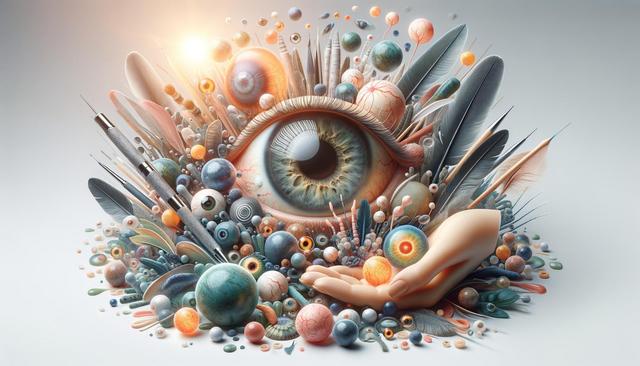Understanding Macular Degeneration
Macular Degeneration, often referred to as age-related macular degeneration (AMD), is a medical condition that specifically targets the macula, a small central area of the retina. This condition is predominantly found in older adults and leads to a gradual loss of vision. Although the exact cause of macular degeneration is not completely understood, several risk factors have been identified, including genetic predisposition, lifestyle choices, and environmental influences. Early diagnosis is crucial as it allows for management strategies that can slow the progression of the disease, preserving vision for as long as possible.
Types of Macular Degeneration
There are two primary types of macular degeneration: dry and wet. The dry form is the most common, accounting for about 85-90% of cases. It is characterized by the thinning of the macula and the presence of drusen, which are tiny yellow deposits under the retina. On the other hand, wet macular degeneration is less common but more severe. It occurs when abnormal blood vessels grow under the retina and leak fluid or blood, leading to rapid vision loss. Understanding these types is vital for tailoring appropriate treatment options.
Symptoms and Diagnosis
Recognizing the symptoms of macular degeneration early can aid in prompt diagnosis and intervention. Common symptoms include distorted vision, difficulty adapting to low light levels, and a noticeable blurring of printed words. In advanced cases, central vision loss may occur, while peripheral vision remains unaffected. Diagnosis typically involves a comprehensive eye examination, including tests like optical coherence tomography (OCT) and fluorescein angiography. These tests help in evaluating the extent of damage to the macula and in monitoring disease progression.
Treatment and Management Options
While there is currently no cure for macular degeneration, various treatment options are available to manage the condition. For those with dry macular degeneration, dietary modifications, and supplements containing antioxidants, zinc, and vitamins C and E can slow its progression. For wet macular degeneration, treatments may include anti-VEGF injections to reduce the growth of abnormal blood vessels, laser therapy, and photodynamic therapy. Regular eye check-ups and lifestyle changes such as quitting smoking and managing cardiovascular health are also recommended to maintain eye health.
Living with Macular Degeneration
Macular degeneration can significantly impact daily life, making routine tasks more challenging. However, there are strategies and resources available to help individuals adapt and maintain their independence. Vision aids such as magnifying glasses, electronic devices, and specialized lighting can assist with reading and other activities. Support groups and counseling may also provide emotional support and practical advice. It is important for individuals to explore these resources and work closely with their healthcare providers to optimize their quality of life.
Conclusion
Macular degeneration is a complex condition that primarily affects older adults, leading to significant changes in vision. By understanding its types, symptoms, and management strategies, individuals can take proactive steps in preserving their vision and independence. Regular eye examinations and a healthy lifestyle play crucial roles in managing this condition effectively.
